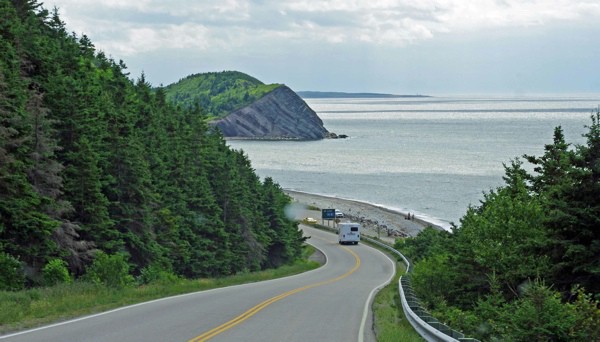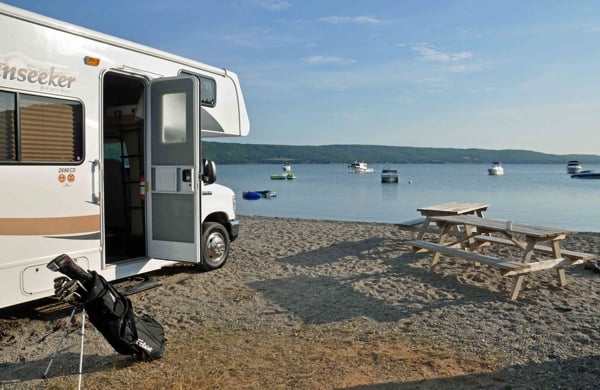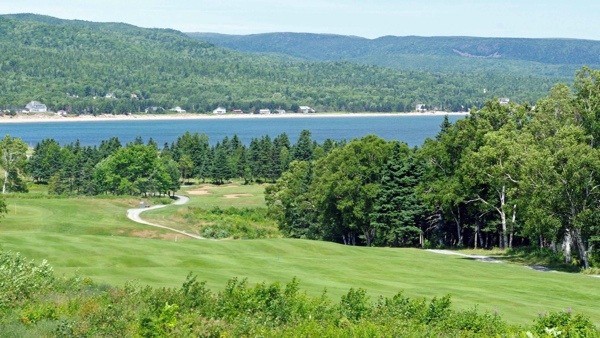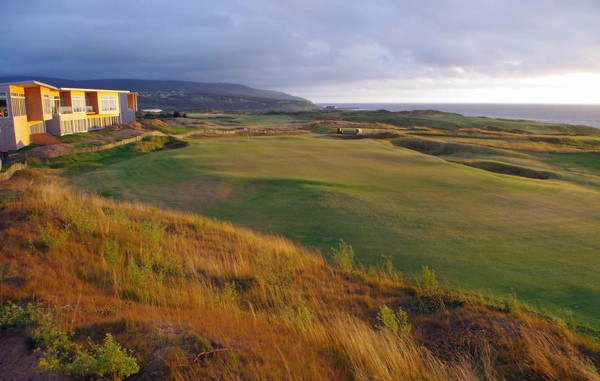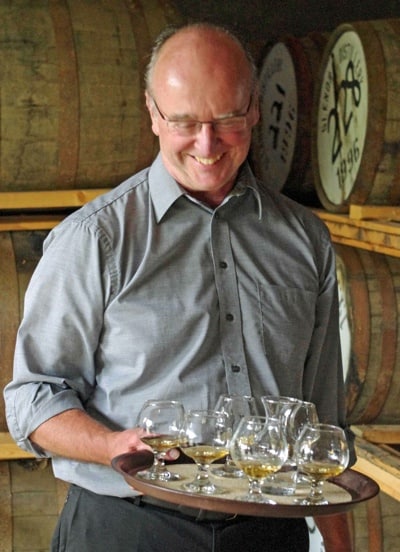As the saying goes, “If you can remember the ’60s, you were probably weren’t there.” But even if your memory is foggy or non-existent, you’ll probably recognize the lyrics to Steppenwolf’s “Born to be Wild”:
Get your motor runnin’
Head out on the highway
Lookin’ for adventure
And whatever comes our way…
The song reminds me of the late 1980s, when my wife and I sold our house, quit our jobs, took our two children out of school and set off on a nine-month odyssey in Oceania. One of the best parts of that adventure was the four weeks we spent exploring New Zealand in a rented RV. With our home on wheels, we could stop anyplace that caught our eye, cook our own meals and move on when it suited us. It also cost us a fraction of what it would have cost to eat in restaurants every day and sleep in hotels, and we never had to unpack!
Fast forward 25 years, and I’ve just finished setting up for the evening at Ben Eoin Campground, some 20 minutes south of Sydney (Nova Scotia, not Australia). The clothes are put away, the drinks are cold, the campfire’s lit and we’re sitting on the beach listening to the surf. It’s déjà-vu for me, except this time I’m taking a five-day golf trip in an RV with my son-in-law, another keen golfer. Telling stories of my earlier adventures and listening to his tales of my new grandson make for easy conversation and a great first night on the road.
Golf amid the ski runs
The next day, it was a 10-minute drive to The Lakes Golf Club. Designed by Canadian architect Graham Cooke, this picturesque course opened next to the Ski Eion hills in 2010. With its many changes in elevation and its tree-lined fairways, the course has a Muskoka-like vibe. Be forewarned: the greens are big, roll true and are in perfect condition. And don’t forget: you’re playing on ski runs and everything slopes to the water. Bring your camera for the fantastic view of Bras d’Or Lake from the sixth tee, the highest point on the course.
I loved this course, but the best was still to come.
A three-hour drive along the spectacular eastern portion of the Cabot Trail took us to Cheticamp Campground, part of Cape Breton Highlands National Park. The park sprawls over 950 square kilometers and has more than 25 hiking trails. Those are on my to-do list for next time—especially after we spotted a moose and her “small” calf rustling in the shrubs near our campfire. Scary but very cool!
Bunkers to get lost in
The next morning, we were minutes from our next game. Opened in 1941, Highlands Links stands the test of time. Designed by Stanley Thompson, this course stretches about four kilometres through hilly, forested land and regularly makes it onto lists of the world’s top courses. It was a great privilege to play such an historic gem, but don’t expect any level lies here. There are a few flat spots on the fairway, but I swear two humpback whales are buried under the swells on the second green. I also discovered what may be the softest and deepest sand bunkers I’ve ever encountered.
Next, we took a spectacular 2.5-hour drive across Cape Breton to Pleasant Bay on the western shore and pulled into McLeod’s Campground, near the Acadian village of Cheticamp. Supposedly, these Gulf of St. Lawrence waters are the warmest north of the Carolinas. Beach, BBQ and beers! It doesn’t get much better.
Nearby, Le Portage Golf Club offered a nice layout with views of the Cheticamp Highlands, but I didn’t find it quite as photogenic nor as well manicured as some of the others we had played. The bunkers were pebbly and the fairways were very dry. Maybe it was just having a bad hair day!
Cabot Links deserves its reputation
After that, the golf gods “blessed” us with a cool, foggy, rainy day. At least we felt like we were on the moors! Following a two-hour drive from Cheticamp, we were near the tiny hamlet of Inverness (Nova Scotia, not Scotland) and about to play Cabot Links, Canada’s only authentic links course. Using an old coal mining site, architect Rod Whitman created a magnificent 18-hole par 70. Five holes play directly along the coastline, and every other hole overlooks the Gulf of St. Lawrence. In June 2012, this course’s opening was the most highly anticipated in North America, and I can see why.
Cabot Links is both stunning and challenging, with fescue galore. The greens, averaging over 45 yards deep, are so large that you’re actually allowed to take pull carts on them. That was hard, but not as hard as negotiating the 4th and 13th, which form a 110-yard-wide double green—where I made my best three putt ever!
The 19th hole
If, like me, you enjoy a “wee dram,” then make a slight detour to The Glenora Inn & Distillery, an award-winning single malt distillery. It was an absolute treat and another golden opportunity to introduce my son-in-law to the finer things in life.
Travel+Leisure magazine recently rated Cape Breton the #1 island destination in North America and #3 in the world, and Lonely Planet says the winding roads and tranquil beaches of the Cabot Trail make it “one of North America’s best road trips.” Add the heritage and hospitality of the Scottish, Irish and French (Acadian) people who settled the land from Ingonish to Inverness, and the Cabot Trail becomes an amazing “golf trail” that is second to none.
Roll down the windows and crank up the tunes …
Like a true nature’s childWe were born to be wild
We can climb so high
I never wanna die
Born to be wild
Born to be wild
Want more tips on road trips from Ottawa—including info on hotel discounts, contests, festivals and other cool news? Subscribe to our free weekly e-newsletter! We will never spam you—promise.
If you go
Distance from Ottawa: 1,651km (Sydney)
For more information:
Dave Finn travelled to Cape Breton as a guest of local tourism organizations.

